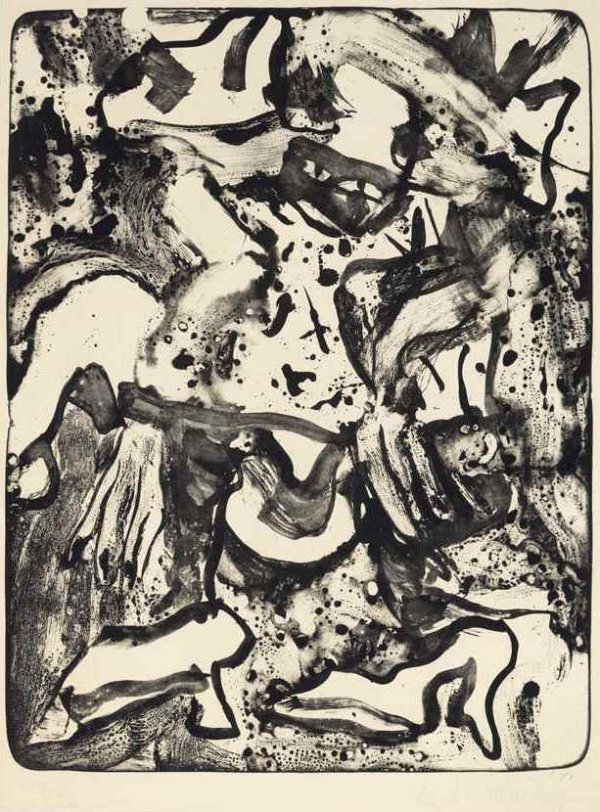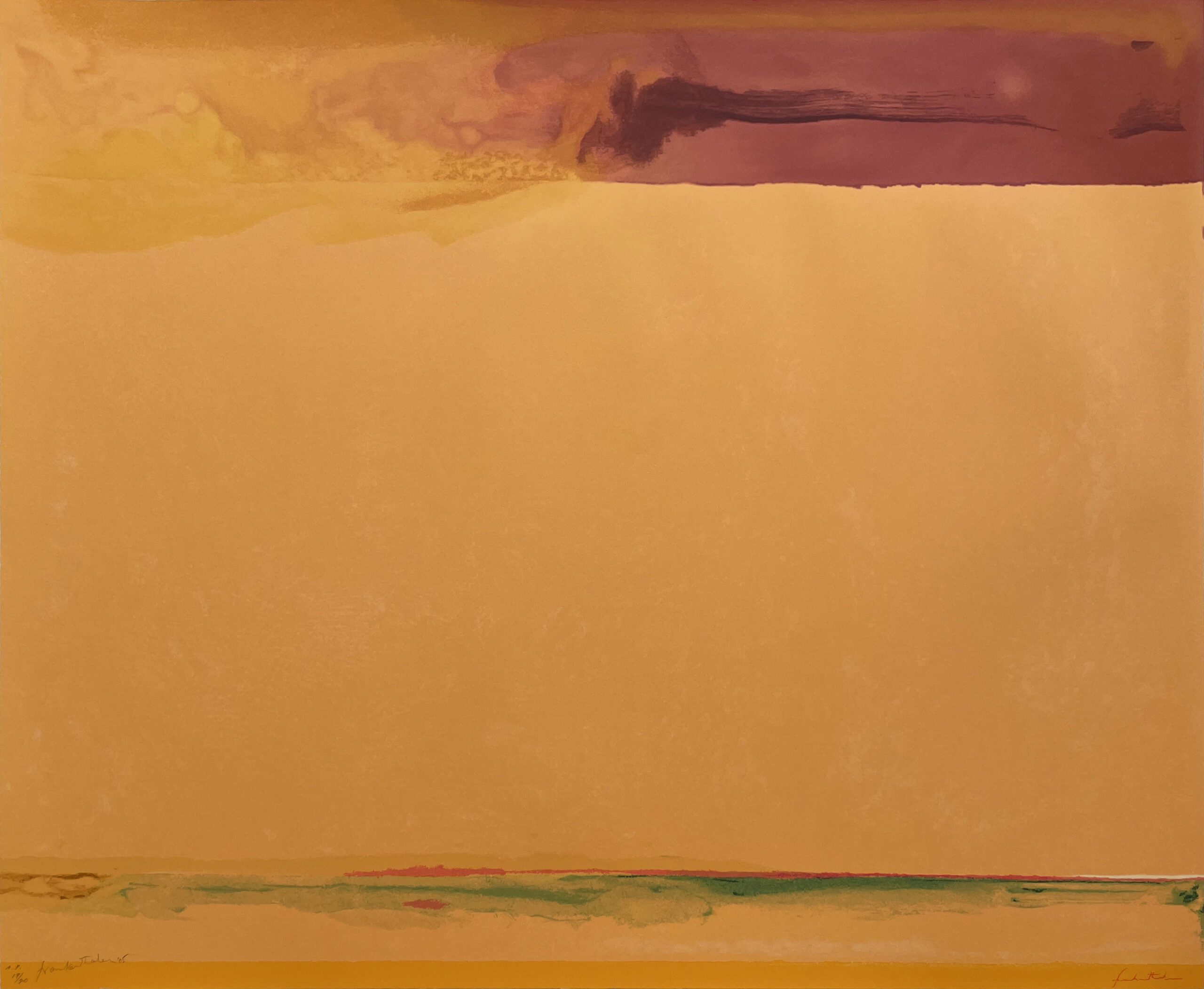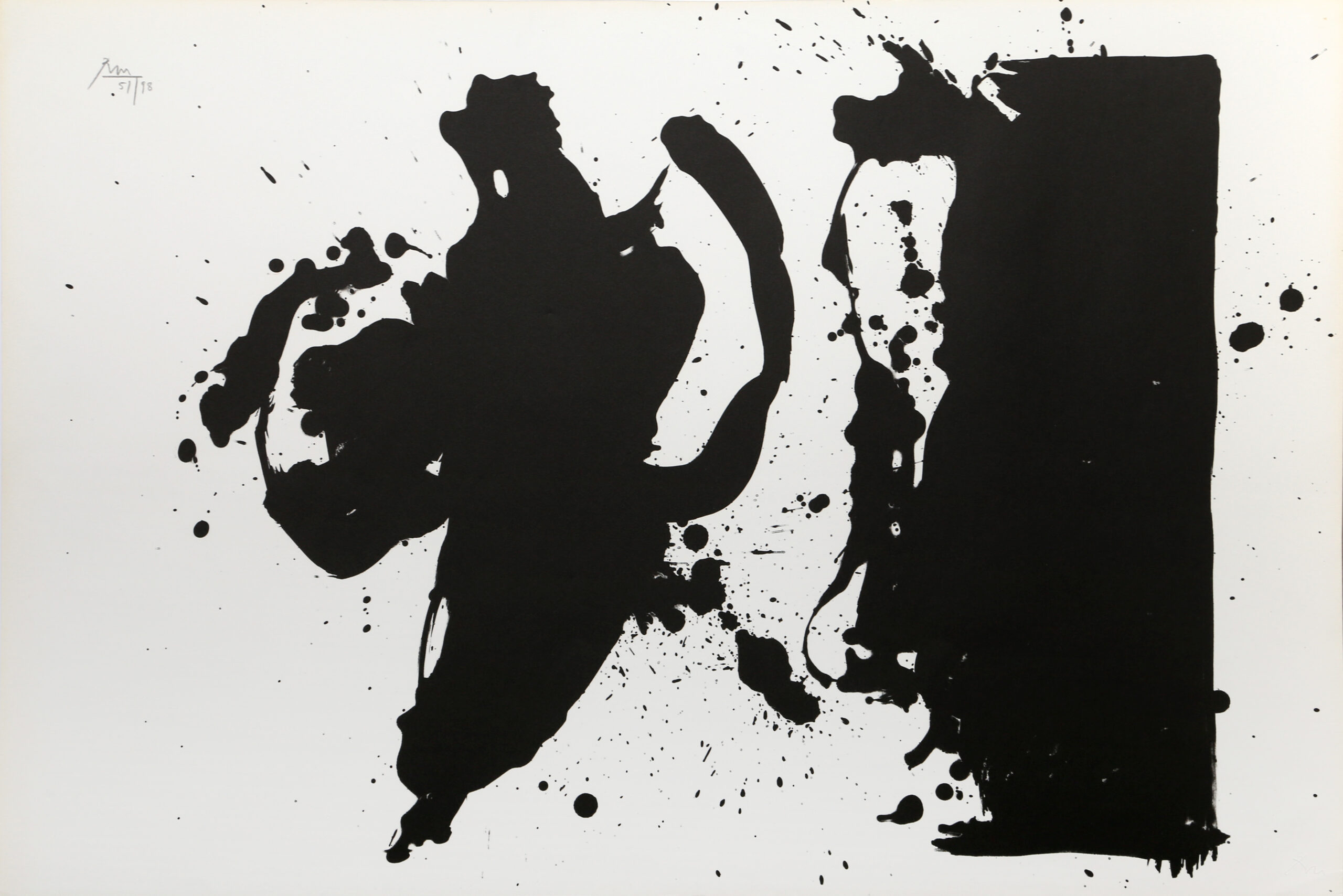Abstract Expressionism Artists
Abstract expressionism artists were led by American artists such as Jackson Pollock, Mark Rothko and Willem de Kooning in the 1940s and 1950s. Abstract expressionism is often characterised by gestural brush-strokes or mark-making, and the impression of spontaneity. The abstract expressionist artists were mostly based in New York City, and also became known as the New York school.

Within the abstract expressionist artists were two broad groupings: the so-called action painters, who attacked their canvases with expressive brush strokes, such as Willem de Kooning; and the colour field painters who filled their canvases with large areas of a single colour, such as Helen Frankenthaler and Robert Motherwell.

Abstract expressionism combined lessons learned from Matisse, Picasso, Surrealism, Miró, Cubism, Fauvism, and early Modernism via great teachers in America such as Hans Hofmann from Germany and John D. Graham from Ukraine. Graham’s influence on American art during the early 1940s was particularly visible in the work of Gorky, de Kooning, Pollock, and Richard Pousette-Dart among others. Gorky’s contributions to American and world art are difficult to overestimate. His work as lyrical abstraction was deemed a “new language.”

In abstract painting during the 1950s and 1960s, several new directions, like the Hard-edge painting emerged. Meanwhile, as a reaction against the subjectivism of abstract expressionism, other forms of Geometric abstraction began to appear in artist studios and in radical avant-garde circles.
Abstract Expressionism Artists
View available Abstract Expressionism art prints.
